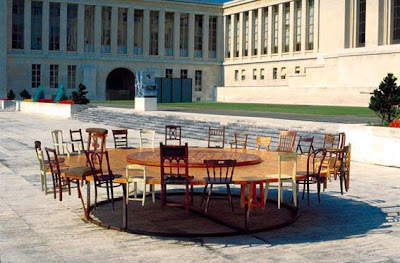






















"Were your parents throwing a party at your house on Saturday?"
Yes, it was an art opening."






Above, in order: two works of Grabner herself, The Suburban, Grabner in The Suburban, current exhibitions of Garth Weiser and Francesca DiMattio.




BHQFU IS:
A university, a space for higher education and research, a community of scholars; an expansion of the BHQF practice to include more participants (that's where U come in); and a "fuck you" to the hegemony of critical solemnity and market-mediocre despair.
PROLEGOMENA TO ANY FUTURE ART SCHOOL
Something’s got to give. The $200,000-debt-model of art education is simply untenable. Further, the education artists are getting for their money is mired in irrelevance, pushing them into critical redundancy on the one hand and professional mediocrity on the other. Blind romanticism and blind professionalism are in a false war alienating artists from their better histories.
At root, it’s a form/content problem. Arts education is divided between the practical problems of form (e.g., money: how to get it, raise it, administer it, and please the powers that control it) and the slippery problems of metaphor (e.g., education: how to learn, what to learn, why to learn).
Artists are the people who spend their time figuring out how best to resolve form and content problems. That’s what we do when we stretch a canvas, edit a video, implement a social space, and develop a history. It is both reasonable and generatively ridiculous to believe that artists ought to be figuring out how arts education should work. This is the premise of BHQFU: that artists can figure this thing out.







